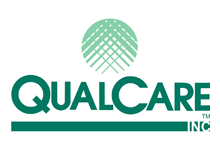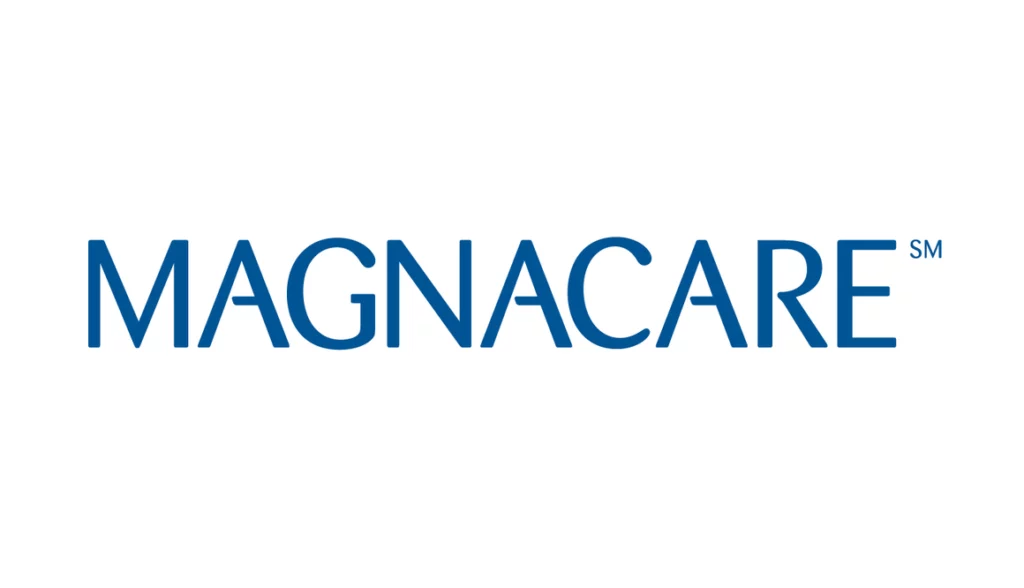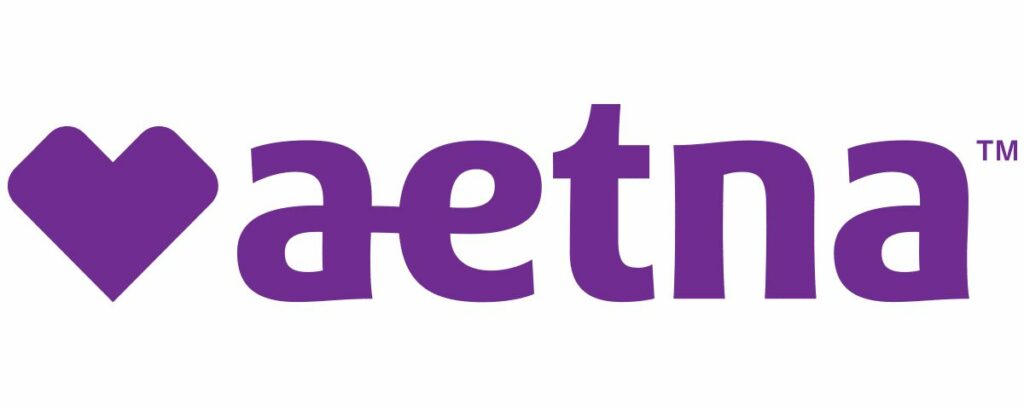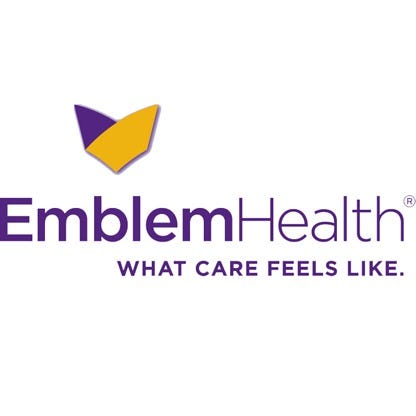Recommended for Lumbar Laminectomy Discectomy Spine Surgery in New Jersey
Lumbar Laminectomy Discectomy is a surgical procedure commonly used to treat herniated discs, spinal stenosis, and other spine conditions in the lumbar area.
With a 95-98% success rate, Uprite Medical offers personalized treatment options to help you regain mobility and live pain-free.
Tailored Spine Solutions, Flexible Insurance Options
Our commitment is to your spine health, independent of insurance or medicare influence. We team up with insurance providers, making top-grade spine care both accessible and personal.











Uprite Medical’s Expertise in Lumbar Laminectomy Discectomy Surgical Procedure

Over the years, Uprite Medical has successfully performed a range of spine surgeries, specializing particularly in Lumbar Laminectomy Discectomy procedures.
Under the care of Dr. Tawfik as your spine surgeon specialist, you can entrust your spine health to a doctor with a proven track record of excellence, innovation, and patient-centered care.
Board-Certified
Focus on non-invasive treatments
Elite Training
Honed skills at the renowned Swedish Neuroscience Institute
Global Recognition
Published research used by neurosurgeons worldwide
Holistic Care
Expertise in a wide range of spinal conditions

How It’s Done
When undergoing Lumbar Laminectomy and Discectomy, the surgeon makes a small incision in the lower back to access the affected area of the spine. The lamina (part of the vertebrae) is removed to relieve pressure on the nerves.
The surgeon then carefully removes the herniated or damaged disc, which is causing compression on the spinal nerves. The goal of this procedure is to alleviate pain and restore proper function to the spine.
Years of Experience
15+ Years
Success Rate
95% - 98%
based off 2023 cases that have good satisfaction ratings
Recovery Time
4 Weeks to
6 Weeks
Choose Uprite Medical for Your Specialized Spine Care
Uprite sets the bar with Dr. Tawfik’s neurosurgical skills, offering precise spine treatments. In addition, our concierge approach provides tailored care, emphasizing patient comfort and individual attention.
My family will forever be thankful for his professional and caring approach.
My husband and my entire family would agree he is an excellent neurosurgeon, and would highly recommend him.
Yasmine was just great with getting everything set up so I had little to no per-surgery stress. I can't recommend them strongly enough.
Post-Op Recovery Guide After
Lumbar Laminectomy Discectomy
Every patient’s recovery journey is unique but you also have to be proactive with your post-op activities in order to facilitate a swift recovery after your Cervical ACDF surgery.
Pain Management

You might experience some post-op pain so make sure to take your medications and follow your surgeon’s prescribed pain management plan.
Watch for Signs of Infection

Keep an eye out for increased redness, swelling, drainage, and warmth around the incision.
Incision Care

Make sure to keep your surgical incision clean and dry to prevent infection.
Gradually Increase Physical Activity

Listen to your body and move as you feel comfortable. Begin by walking three times a day and try to increase your distance.
Conditions That Can Be Treated by Spinal Cord Stimulator Surgery
Frequently Asked Questions
How long is laminectomy surgery?
The duration of laminectomy surgery typically ranges from 1 to 3 hours. But this can vary depending on factors such as the complexity of the procedure and individual patient factors.
Is Lumbar Laminectomy Discectomy a major surgery?
Yes, it is considered a major surgery as it involves accessing the spine to remove part of the lamina and herniated disc material.
Can you walk normally after laminectomy?
Yes, most people can resume walking normally after recovering from a laminectomy, but the timeline may vary depending on individual healing and rehabilitation.
What are the long-term problems after a laminectomy?
Long-term problems after a laminectomy may include persistent pain, spinal instability, nerve damage, and the development of adjacent segment disease.
Can you have a discectomy and laminectomy at the same time?
Yes, it is possible to have a discectomy and laminectomy performed during the same surgical procedure, especially if the conditions warrant it and the surgeon determines it to be the appropriate course of action.
Take Charge of Your Spine Health



